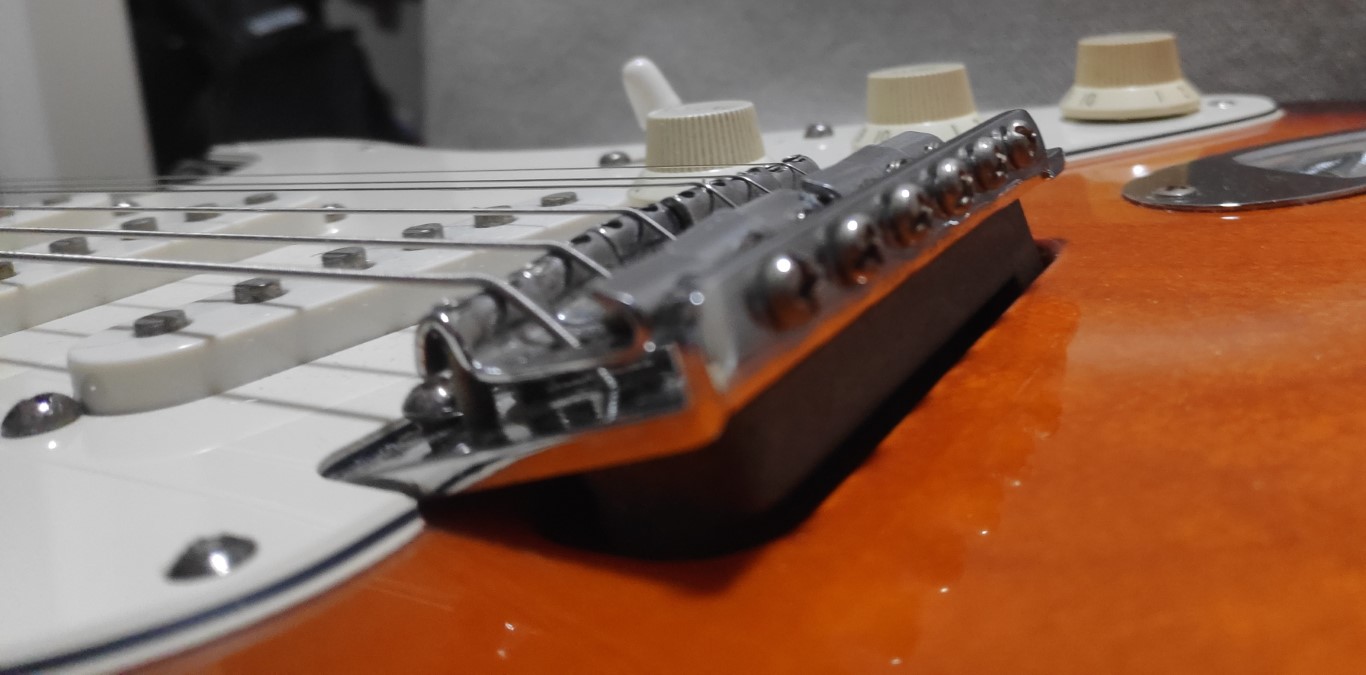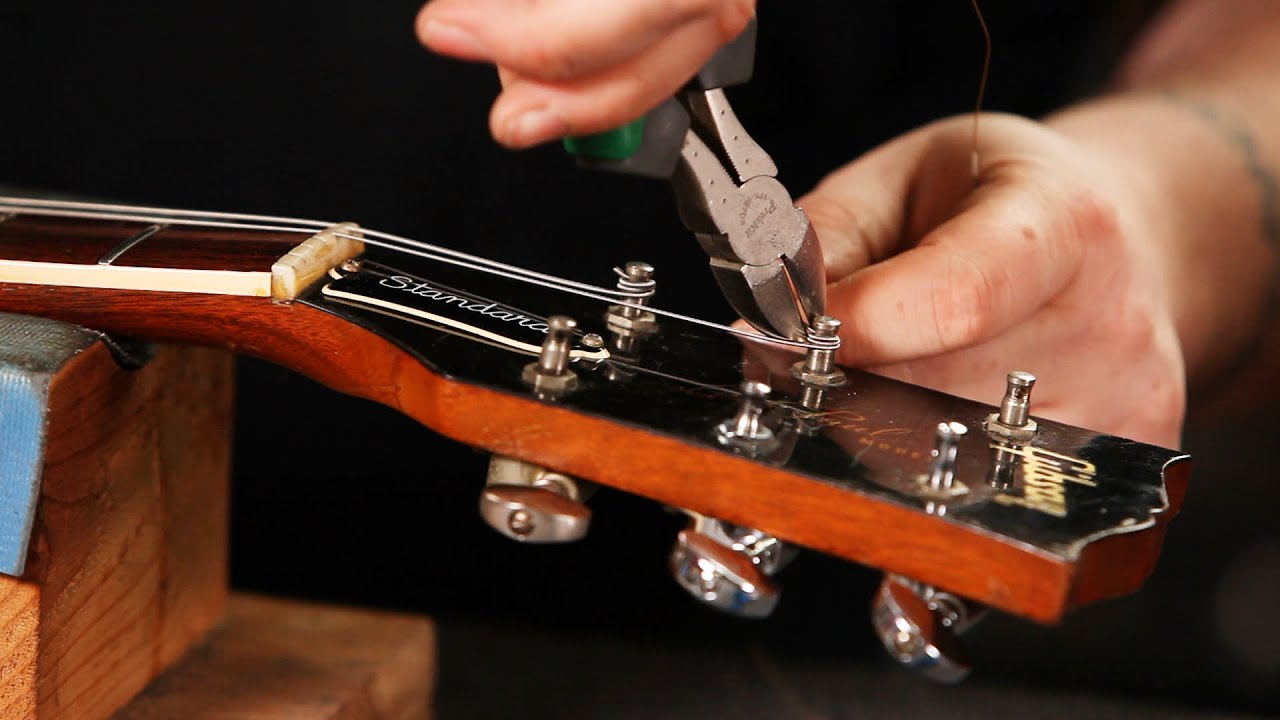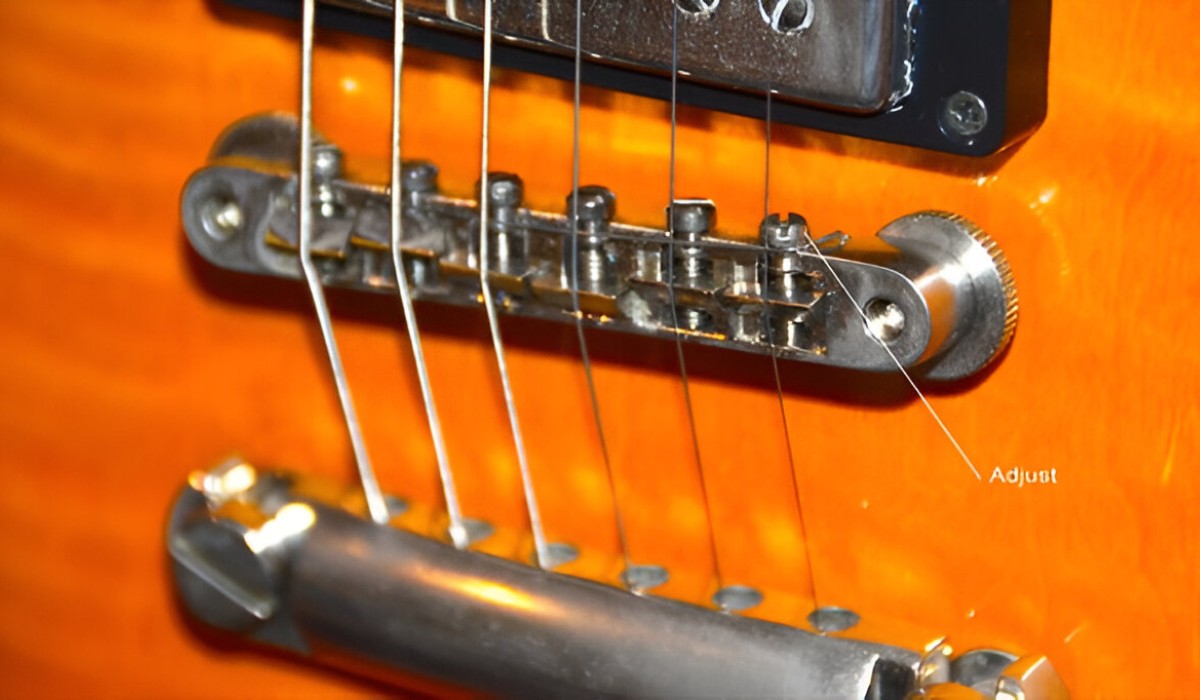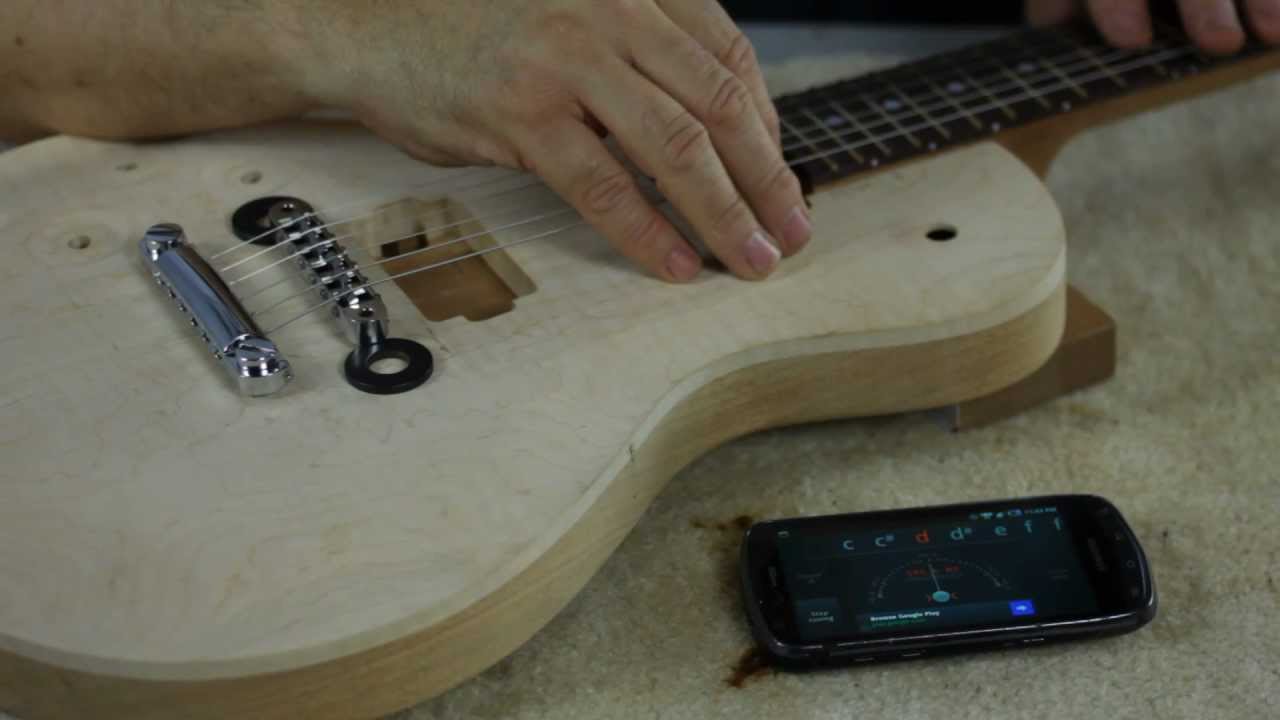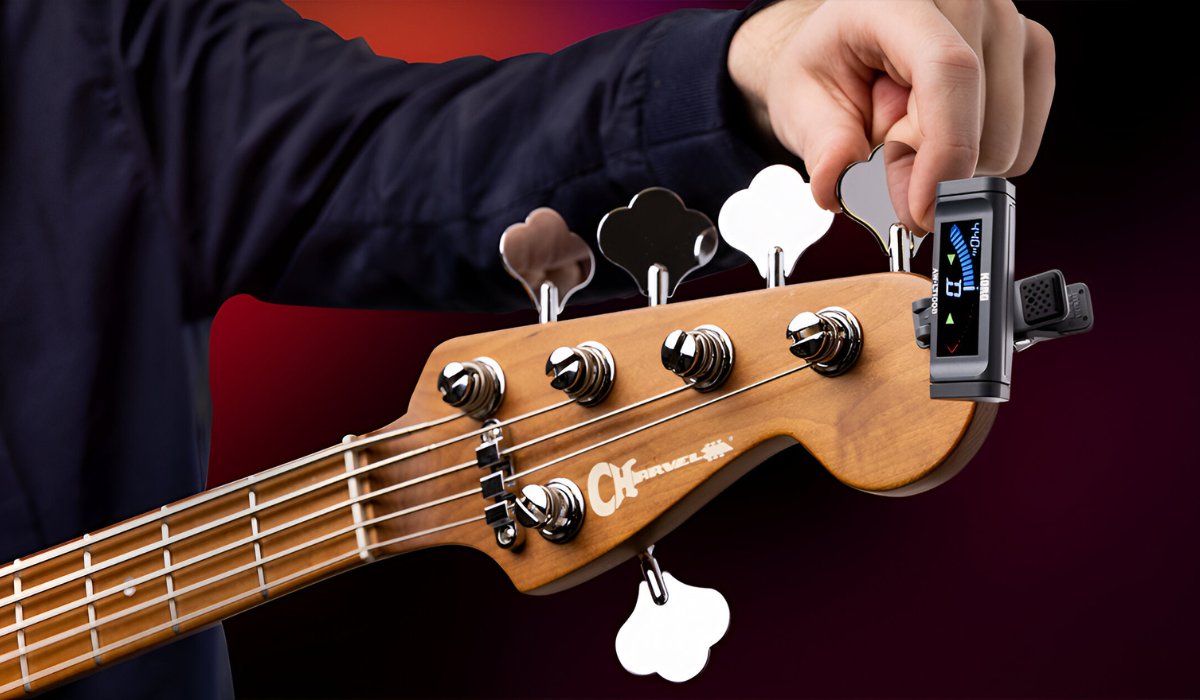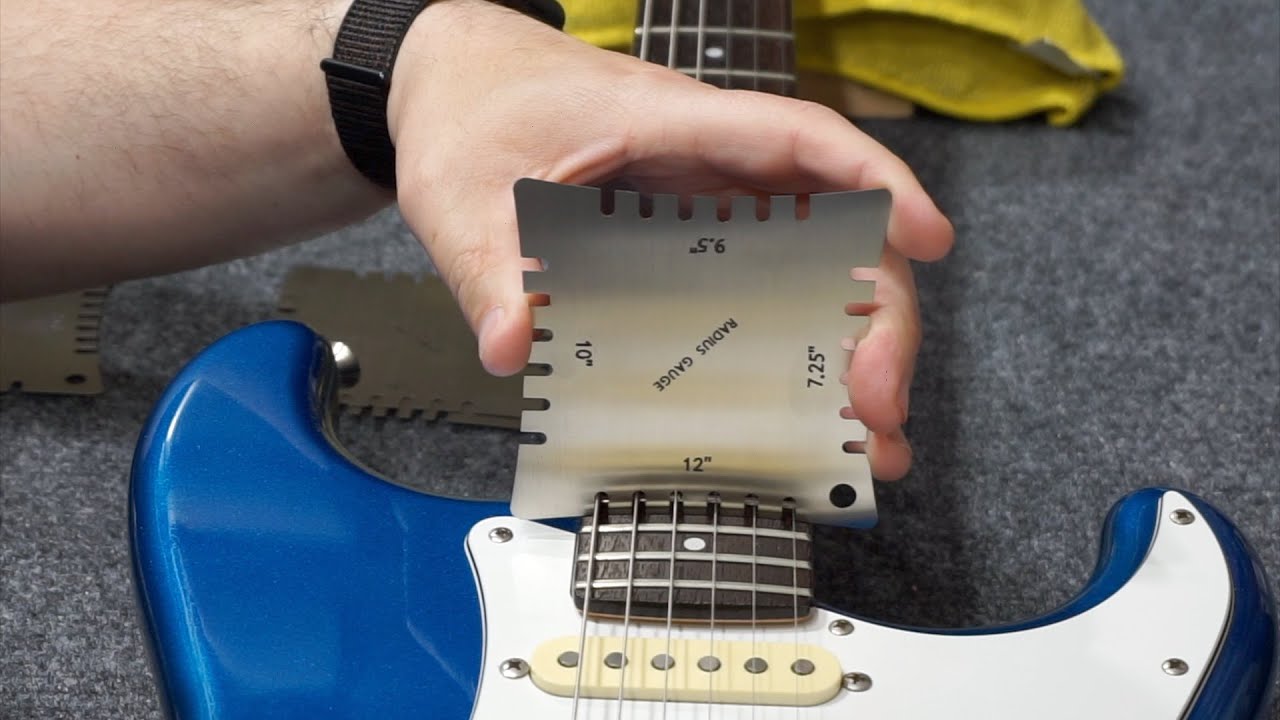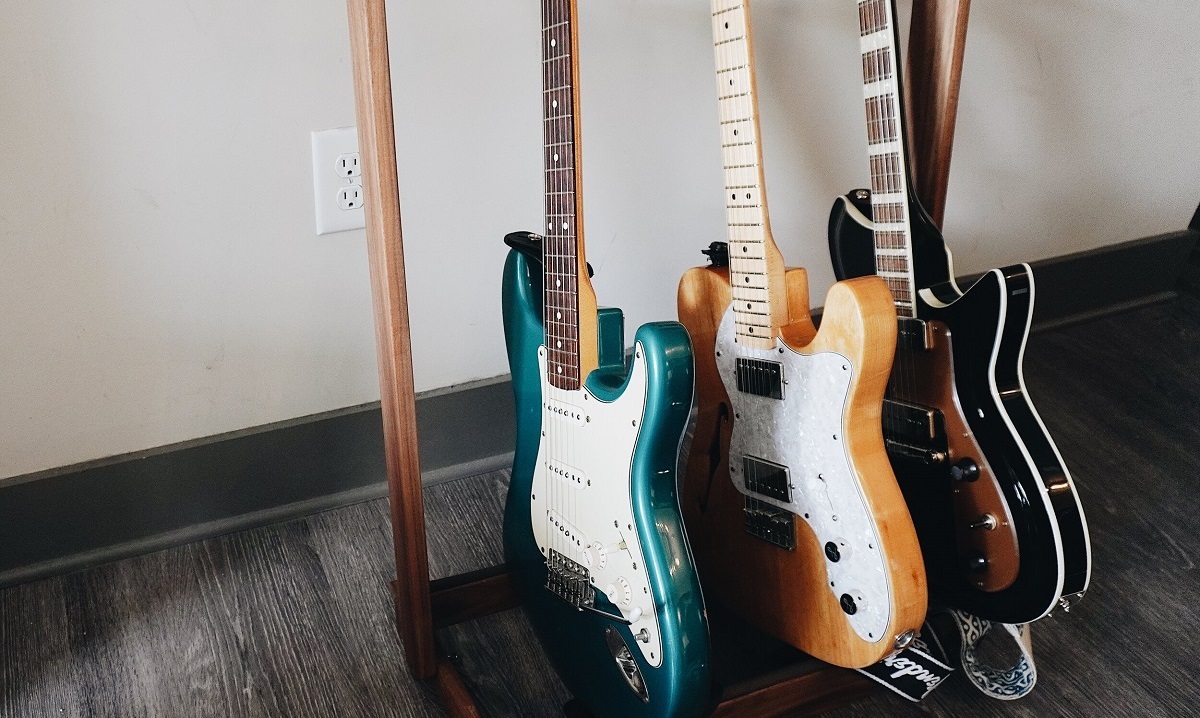Introduction
Understanding the Importance of Keeping Your Electric Guitar in Tune
Maintaining the proper tuning of your electric guitar is crucial for producing exceptional sound quality and ensuring an enjoyable playing experience. Whether you are a seasoned guitarist or a beginner, the significance of a well-tuned instrument cannot be overstated. Imagine strumming the strings of a perfectly tuned guitar and being enveloped by the harmonious resonance of each note. This is the essence of playing an electric guitar in tune.
A well-tuned guitar not only enhances the overall sound but also contributes to the longevity of the instrument. When the strings are in tune, they exert the appropriate amount of tension on the guitar's neck, preventing unnecessary strain and potential damage. Moreover, playing a guitar that is consistently in tune allows for seamless transitions between chords and notes, enabling you to express your musical creativity without hindrance.
Furthermore, keeping your electric guitar in tune is essential for developing a discerning ear. As you train your ear to recognize and appreciate accurate pitches, you will naturally refine your musical abilities. This process of tuning and listening attentively fosters a deeper connection between you and your instrument, leading to a more fulfilling musical journey.
In this comprehensive guide, we will delve into the various aspects of maintaining the tuning of your electric guitar. From understanding the fundamental principles of guitar tuning to implementing proper string installation and maintenance techniques, we will equip you with the knowledge and skills necessary to uphold the optimal performance of your instrument. Additionally, we will explore the significance of using a quality tuner, the importance of regular maintenance and adjustments, and provide valuable tips for playing and storing your guitar. By the end of this guide, you will not only grasp the importance of keeping your electric guitar in tune but also possess the expertise to uphold its optimal performance. Let's embark on this harmonious journey together.
Understanding the Basics of Guitar Tuning
Before delving into the intricacies of maintaining the tuning of your electric guitar, it is imperative to grasp the fundamental principles of guitar tuning. The standard tuning for a 6-string electric guitar, from the lowest pitch to the highest, is EADGBE. Each letter represents the open pitch of the corresponding string when strummed without pressing down any frets. Understanding this standard tuning is essential for achieving the desired sound and ensuring harmonious chord progressions.
When tuning your guitar, it is vital to use a reference pitch to guide the tuning process. This can be accomplished using a tuning fork, a piano, another tuned instrument, or a digital tuner. A digital tuner, in particular, provides precise visual feedback, making it an invaluable tool for accurately tuning each string to the designated pitch.
Furthermore, comprehending the concept of intervals is pivotal in understanding guitar tuning. The intervals between the strings of a standard-tuned guitar are as follows: fourth (E to A), major third (A to D), fourth (D to G), fourth (G to B), and major third (B to E). This knowledge aids in recognizing the relationships between the strings, facilitating the tuning process and enabling you to identify discrepancies in pitch more efficiently.
It is also essential to be mindful of the impact of temperature and humidity on the tuning stability of your guitar. Fluctuations in temperature and humidity levels can cause the wooden components of the guitar to expand or contract, affecting the tension of the strings and, consequently, the overall tuning. Therefore, storing your guitar in a stable environment and allowing it to acclimate to room temperature before tuning is crucial for maintaining consistent pitch accuracy.
By familiarizing yourself with the basic principles of guitar tuning, you lay a solid foundation for effectively preserving the optimal pitch and sound quality of your electric guitar. This understanding serves as the cornerstone for the subsequent maintenance practices and techniques that will be explored in this guide.
Proper String Installation and Maintenance
When it comes to preserving the tuning stability and playability of your electric guitar, proper string installation and maintenance are paramount. The process of changing guitar strings is an opportunity to optimize the instrument’s performance and ensure consistent tuning accuracy.
Begin by selecting high-quality strings that are suitable for your playing style and musical preferences. Whether you prefer the bright tones of nickel-plated steel or the warmth of phosphor bronze, choosing the right type of strings can significantly impact the overall sound and feel of your guitar. Additionally, considering the gauge of the strings is essential, as it directly influences the tension exerted on the neck and the playability of the instrument.
When installing new strings, it is crucial to follow the manufacturer’s guidelines regarding the appropriate winding techniques and the number of windings around the tuning pegs. Proper winding ensures that the strings are secured firmly, minimizing the likelihood of slippage and tuning instability. Moreover, trimming the excess string length after installation prevents unnecessary interference and maintains a neat appearance.
Regular maintenance of the strings is equally important for preserving the tuning integrity of your electric guitar. Wiping down the strings after each playing session removes accumulated oils, dirt, and moisture, prolonging the lifespan of the strings and sustaining their tonal clarity. Additionally, using a string lubricant can minimize friction at contact points, reducing the likelihood of premature string wear and enhancing tuning stability.
Furthermore, periodically inspecting the condition of the strings and the fretboard is essential for identifying signs of wear, corrosion, or accumulation of debris. Addressing these issues promptly through appropriate cleaning and maintenance practices can prevent adverse effects on the tuning stability and overall playability of the guitar.
By prioritizing proper string installation and maintenance, you not only optimize the sound quality and playability of your electric guitar but also contribute to the longevity of the instrument. These proactive measures lay the groundwork for consistent tuning stability and a rewarding playing experience.
Using a Quality Tuner
One of the most indispensable tools for maintaining the tuning accuracy of your electric guitar is a quality tuner. Whether you are a novice or a seasoned guitarist, a reliable tuner is essential for achieving precise pitch calibration and ensuring consistent tuning stability.
Modern tuners are available in various formats, including clip-on tuners, pedal tuners, and smartphone apps, each offering distinct advantages in terms of convenience and functionality. Clip-on tuners, for instance, attach directly to the headstock of the guitar, providing a compact and portable tuning solution. Pedal tuners, on the other hand, are integrated into pedalboards and offer real-time visual feedback during performances. Smartphone apps equipped with tuning capabilities are also popular due to their accessibility and versatility.
When using a tuner, it is essential to minimize ambient noise to facilitate accurate pitch detection. Find a quiet environment, and ensure that the guitar’s signal is free from interference. Plucking the strings gently and allowing the notes to resonate clearly enables the tuner to detect the pitch accurately, leading to precise tuning adjustments.
Furthermore, understanding the functionality of the tuner is crucial for efficient and effective tuning. Most tuners display the detected pitch in real time, indicating whether the string is sharp, flat, or in tune. Some tuners also provide visual cues, such as color changes or needle movements, to convey tuning information. Familiarizing yourself with these visual indicators enhances the tuning process and enables you to make precise adjustments with confidence.
Additionally, utilizing alternate tuning modes, such as drop-D tuning or open tunings, can be effortlessly facilitated by tuners equipped with preset modes or customizable settings. This versatility empowers you to explore diverse musical styles and experiment with unconventional tunings without compromising tuning accuracy.
By incorporating a quality tuner into your regular practice routine and performance setup, you not only ensure consistent tuning precision but also cultivate a heightened sense of pitch awareness. The convenience and reliability offered by a quality tuner significantly contribute to the overall enjoyment and satisfaction derived from playing your electric guitar.
Regular Maintenance and Adjustments
Consistent maintenance and periodic adjustments are essential for preserving the optimal performance and tuning stability of your electric guitar. By incorporating regular maintenance practices into your guitar care routine, you can mitigate potential issues and ensure that your instrument remains in prime playing condition.
One crucial aspect of maintenance is monitoring the neck relief, which refers to the slight curvature of the neck that affects the playability and string action of the guitar. Changes in humidity and temperature can impact the neck relief, potentially leading to fret buzz or high string action. Periodically checking and adjusting the truss rod, under professional guidance if necessary, helps maintain the ideal neck relief, promoting comfortable playability and consistent tuning.
Frequent inspection of the guitar’s hardware, including the tuning machines, bridge, and nut, is also vital for identifying signs of wear, corrosion, or mechanical issues. Lubricating the pivot points of the tuning machines and bridge saddles, as well as ensuring the smooth operation of the nut, contributes to tuning stability and prevents mechanical impediments that could affect the overall playability of the instrument.
Moreover, maintaining the cleanliness of the fretboard and frets is integral to the longevity of the strings and the overall playability of the guitar. Regularly cleaning the fretboard with a suitable fretboard conditioner and polishing the frets not only enhances the visual appeal of the instrument but also prevents the accumulation of grime and corrosion, preserving the tonal clarity and feel of the strings.
Addressing any signs of electronic issues, such as crackling potentiometers or intermittent output from the pickups, is crucial for maintaining the tonal integrity of the guitar. Periodic inspection and cleaning of the electronic components, as well as timely replacement of worn-out parts, ensure that the guitar’s electrical system operates optimally, contributing to consistent sound quality and performance.
By integrating regular maintenance and adjustments into your guitar care regimen, you uphold the optimal functionality and tuning stability of your electric guitar. These proactive measures not only enhance the longevity of the instrument but also contribute to a rewarding and seamless playing experience, allowing you to explore your musical creativity without impediments.
Tips for Playing and Storing the Guitar
Effective playing and proper storage practices play a significant role in maintaining the tuning stability and overall condition of your electric guitar. By adhering to these tips, you can enhance the longevity of the instrument and ensure a consistent playing experience.
- Proper Handling and Playing Technique: When playing the guitar, ensure that your fretting hand applies adequate pressure to the strings to produce clear notes without excessive force. Additionally, adopting a consistent strumming or picking technique minimizes unnecessary string wear and contributes to sustained tuning stability.
- Regular Retuning During Playing Sessions: The act of playing the guitar, especially with fervor, can lead to subtle detuning of the strings. Periodically retuning the guitar during extended playing sessions helps maintain pitch accuracy and prevents the cumulative effects of string tension changes.
- Stable Storage Environment: When not in use, store your electric guitar in a stable environment with consistent temperature and humidity levels. Fluctuations in environmental conditions can affect the tuning stability and structural integrity of the instrument. Utilizing a guitar stand or wall hanger designed to support the instrument securely minimizes the risk of accidental damage.
- Protective Case or Gig Bag: When transporting or storing the guitar, utilize a high-quality protective case or gig bag to shield the instrument from potential impacts, dust, and environmental elements. Proper storage not only safeguards the tuning stability but also preserves the aesthetic appeal of the guitar.
- Regular String Maintenance: Periodically inspect the condition of the strings and replace them as needed. Over time, strings accumulate dirt, sweat, and oils, leading to tonal degradation and reduced tuning stability. By replacing the strings in a timely manner, you uphold the clarity of the sound and the overall tuning integrity.
- Post-Playing Maintenance: After each playing session, wipe down the strings, fretboard, and body of the guitar to remove accumulated oils, dirt, and moisture. This practice not only prolongs the lifespan of the strings but also prevents corrosion and maintains the playability of the instrument.
By incorporating these tips into your playing and storage routines, you actively contribute to the preservation of the tuning stability and overall condition of your electric guitar. These proactive measures not only enhance the longevity of the instrument but also ensure that it continues to inspire and resonate with harmonious brilliance.
Conclusion
Embarking on the journey of maintaining the tuning stability of your electric guitar is not merely a technical endeavor; it is a harmonious synergy between craftsmanship, care, and creativity. By understanding the fundamental principles of guitar tuning, prioritizing proper string installation and maintenance, utilizing a quality tuner, and incorporating regular maintenance practices, you actively contribute to the longevity and optimal performance of your instrument.
Moreover, by adhering to effective playing and storage practices, you safeguard the tuning stability and structural integrity of your electric guitar, ensuring that it remains a steadfast companion on your musical odyssey. Each strum, chord progression, and melodic expression resonates with the meticulous care and attention you invest in preserving the harmonious equilibrium of your instrument.
As you navigate the nuances of guitar maintenance, remember that the pursuit of tuning stability is not merely a technical endeavor; it is an intimate dialogue between you and your instrument. The bond forged through attentive care and meticulous maintenance amplifies the resonance of each note, enriching your musical narrative and empowering your creative expression.
In essence, the quest for maintaining the tuning stability of your electric guitar transcends the realm of technicality; it embodies a harmonious symphony of dedication, artistry, and reverence for the instrument. As you continue to nurture this symbiotic relationship, may the resonance of your guitar echo with unwavering brilliance, inspiring melodies that reverberate with timeless harmony.










